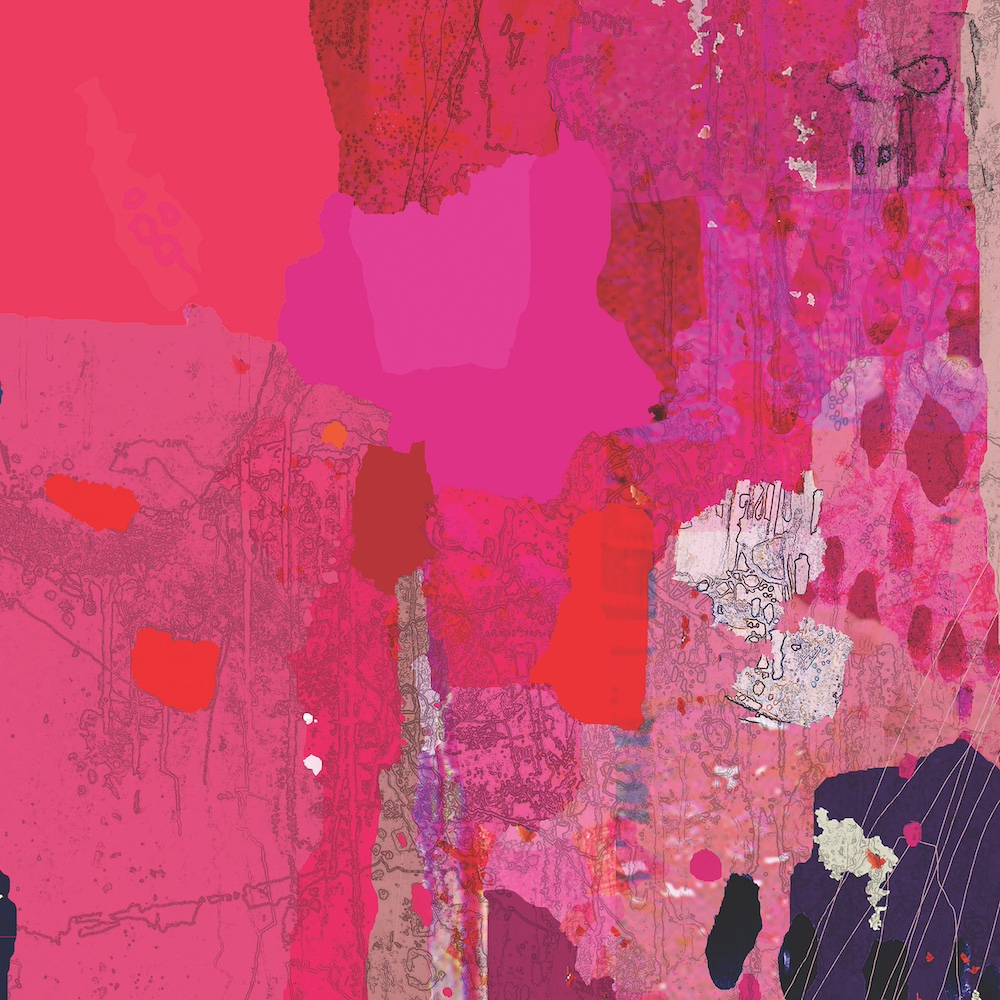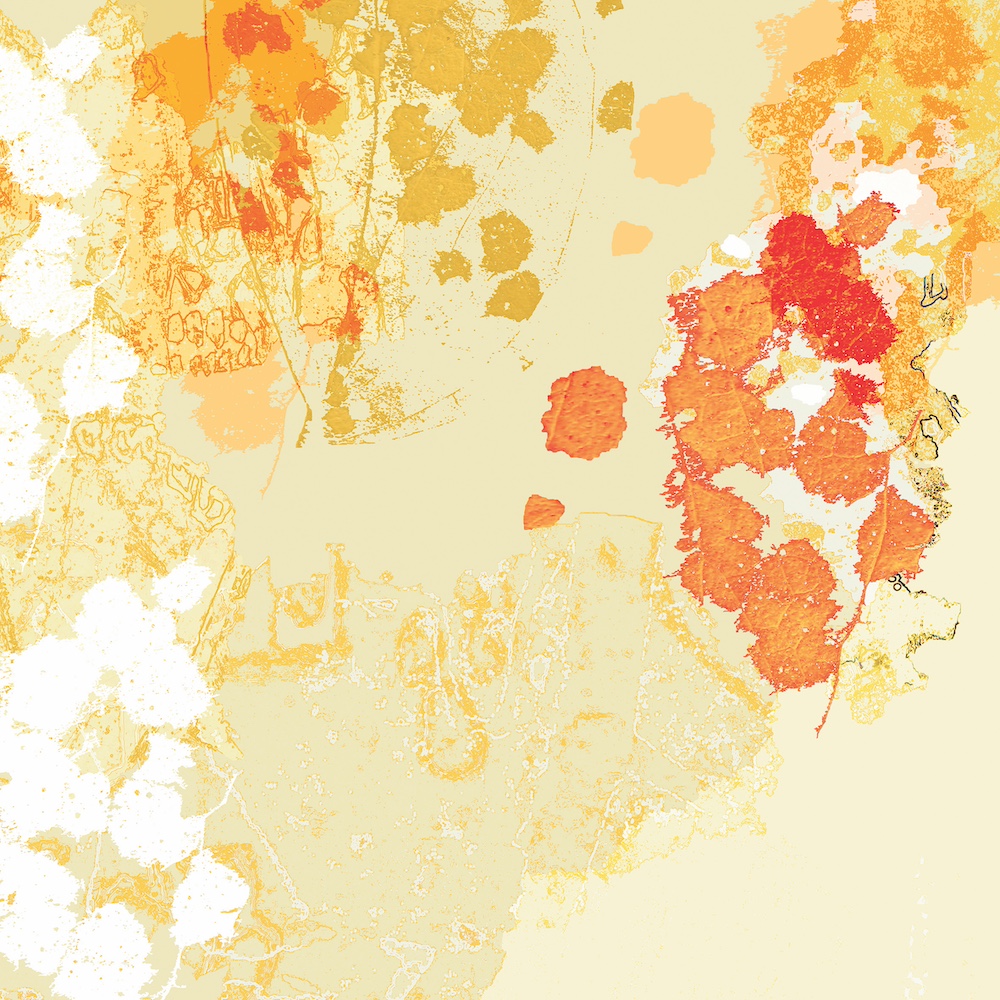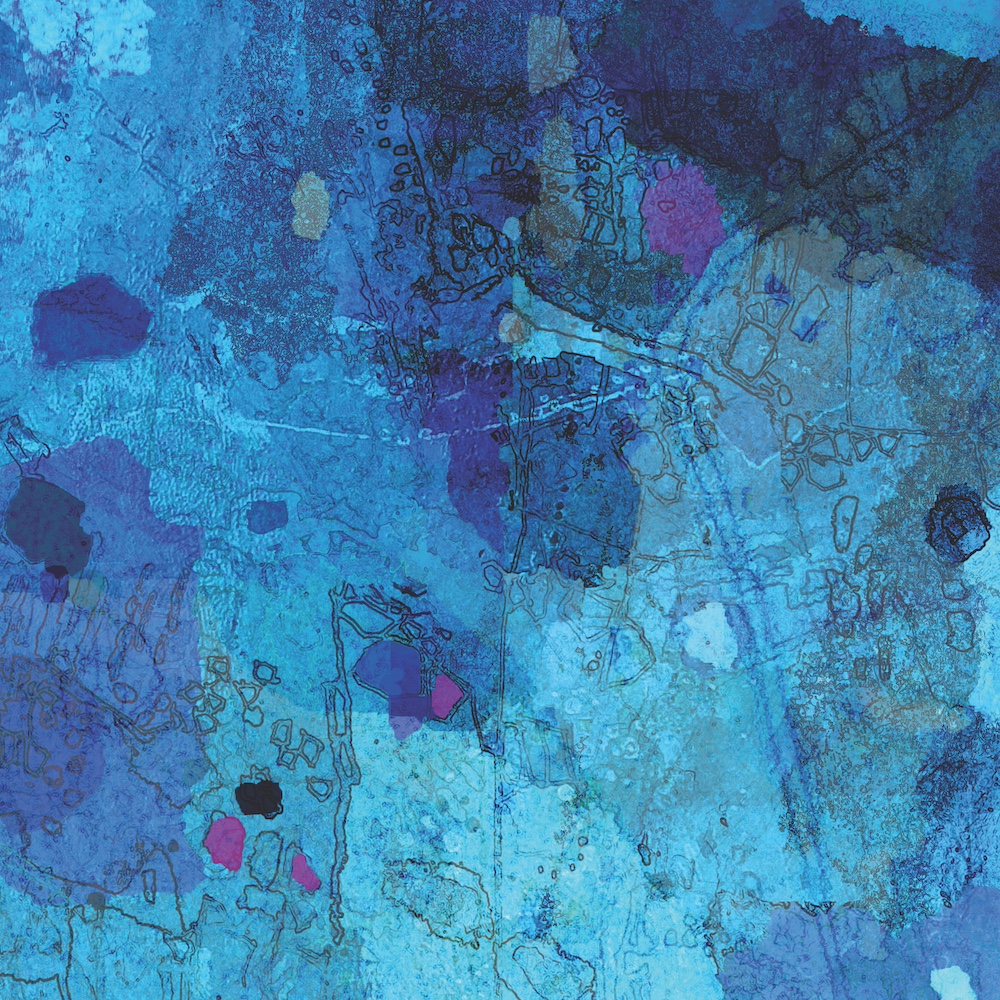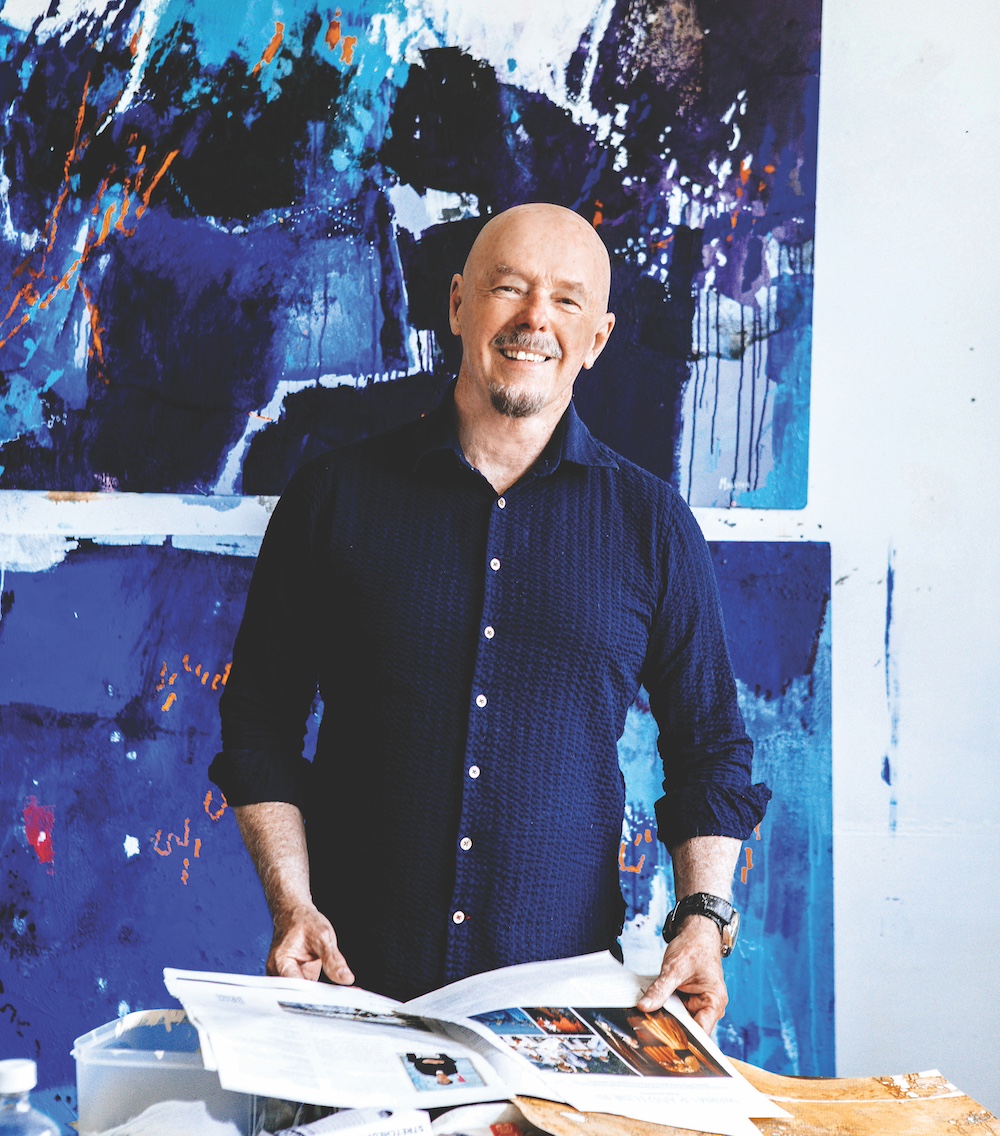Since time immemorial, human beings have yearnt to fly. But where the absence of wings keeps our helium minds from floating too close to the sun, the works of Greg Mallyon bravely soar, presenting aerial views of sprawling landscapes that the Victoria-based artist layers together to offer us a glimpse through avian eyes.
Obsessed with art from a young age, Mallyon began his art practice proper at the age of 17 after winning a fellowship to the Queensland College of Art. For the last three decades he has partaken in more than 40 solo exhibitions with works that, even now, remain ever-evolving, inspired by his incessant travelling across Australia and overseas in anything from commercial aircraft, light planes, helicopters to hot air balloons. “Each day is different,” he says, “and all my work is inspired by my own travels”. Where one day may involve field sketches or photographs, another may comprise print etchings or large-scale paintings.
“Geographical features such as lakes, mountain ranges, snaking rivers and deserts along with the imprints of human civilization create an endless source of fascination,” he says, though the inspiration does not always need to be so macro.
Something so small as “lichen growing on a rock” can offer up its colour or the pathways by which it grows, manifesting in the hues and fine lines Mallyon marks into his pieces. Lake in Wimmera is at first discernible only by those things in its name: a lake, bordered on one side by a city, and on others by mountainous greenery. But such are the layers in Mallyon’s practice that they invite a closer look, thrilling our minds with new possibilities for what things within his works might be. Is the multi-hued green in the corner, believed to be a city, not a city at all but some lichenous growth? Are the fine lines motorways, or are they the cracks in dried riverbeds?
Staring at Desert Landscape plays tricks on the senses. We fall into pink vibrance as it, with irony, seems to pour down like water over smooth glass. Indigo Landscape could be cut sapphire under a microscope, or the cartography of ancient Atlantis. “I use anything from ground pumice, acrylic paint, varnishes, collage applied on surfaces such as Japanese rice paper, canvas, wood, and sheets of aluminium,” Mallyon says. It is no wonder then, when the artist’s repertoire for creation is so expansive that we look upon his works as though we too are in the clouds where he once was, gazing down with acuity at layered landscapes that shift and change the longer we look.

Greg Mallyon, Desert landscape, 2022. Archival inkjet print, 30 x 30cm.

Greg Mallyon, Wimmera Autumn landscape, 2023. Mixed media on aluminium, 50 x 50cm.

Greg Mallyon, Indigo landscape, 2022. Archival inkjet print, 30 x 30cm.

